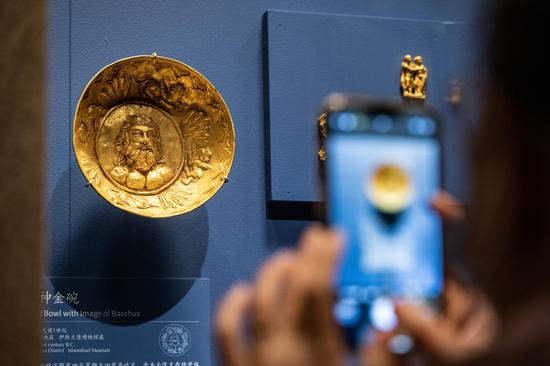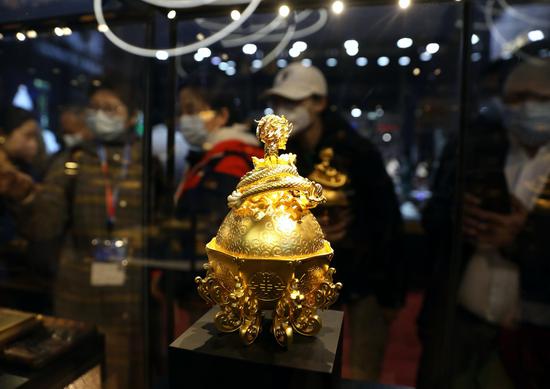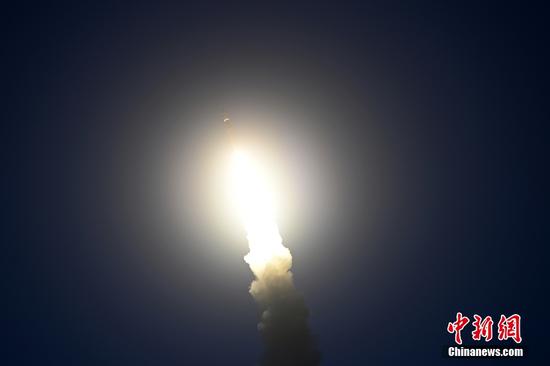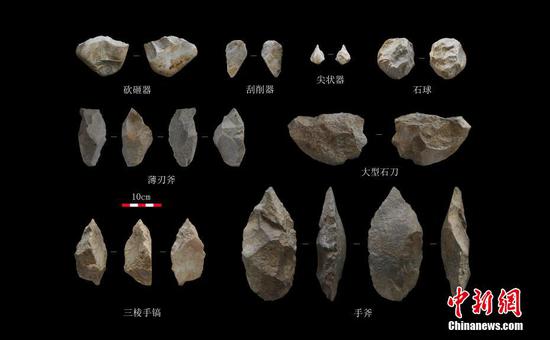China plans to launch a new X-ray astronomical satellite, Einstein Probe (EP), at the end of this year, said Yuan Weimin, principal investigator of the satellite project.
Yuan, who is also a researcher at the National Astronomical Observatories of the Chinese Academy of Sciences (NAOC), revealed the latest progress of the EP project at the recent 35th National Symposium on Space Exploration.
"The satellite has entered the final stage of development," he said.
According to the scientist, the probe is expected to capture the first light from supernova explosions, help search for and pinpoint gravitational wave sources, and observe the mysterious transient phenomena in the universe.
Scientists have found that there are many transient and explosive sources in the universe, most of which can radiate huge amounts of energy in a very short period of time and show complex brightness variations in the X-ray band, such as black holes that are devouring stars.
"These fast transient sources are crucial to cosmology and galaxy studies, but are currently poorly understood by scientists," said Yuan.
Further research requires a new generation of detection equipment with extremely large fields of view, high sensitivity, high resolution, and fast response capabilities, he added.
But the important question in this regard is how to make such equipment.
Biologists discovered early on that the lobster's eye is different from other animals. Lobster eyes are made up of numerous tiny square tubes, pointing to the same spherical center. This structure allows light from all directions to reflect in the tubes and converge on the retina, which gives the lobster a large field of view.
Scientists then simulated the lobster eye to create a telescope to detect X-rays in space.
Through cooperation with other organizations, the X-ray Imaging Laboratory of NAOC began the research and development work on lobster-eye X-ray imaging technology in 2010 and finally made a breakthrough.
The team carried out the test validation of the technology on the telescope Lobster Eye Imager for Astronomy (LEIA) -- a pathfinder of the EP instrument -- which was launched in July 2022, and revealed the world's first batch of large-field X-ray snapshots of the sky captured by the LEIA.
"Thanks to the lobster-eye telescope technology, the Einstein Probe will be able to monitor the currently poorly known soft X-ray band with a large field of view and high sensitivity," Yuan said.
"This technology will revolutionize monitoring of the X-ray sky, and the test module shows the strong scientific potential of the Einstein Probe mission," said Paul O'Brien, head of Astrophysics, School of Physics and Astronomy at the University of Leicester.
According to Yuan, the EP will carry out systematic sky surveys to monitor high-energy transient objects in the universe.
The mission is expected to discover cloaked black holes and map the distribution of black holes in the universe, and help us to study their formation and evolution. The probe will also be used to search for X-ray signals accompanying gravitational wave events and pinpoint them, Yuan said.
The satellite program, part of a space science project of the Chinese Academy of Sciences, has attracted extensive attention worldwide, with the European Space Agency, the Max Planck Institute for Extraterrestrial Physics in Germany and the French space agency participating in it.


















































 京公网安备 11010202009201号
京公网安备 11010202009201号